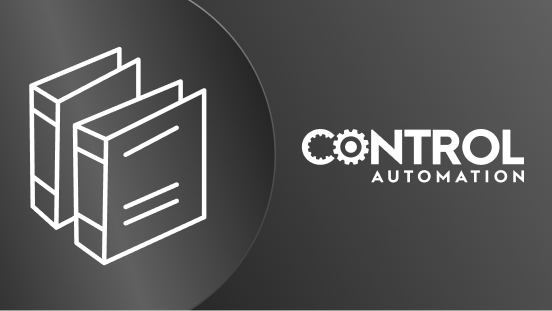
Solids tend to expand when heated. The amount that a solid sample will expand with increased temperature…
Textbook

Labwork is an essential part of any science-based curriculum. Here, much improvement may be made over the…
Textbook

Sometimes we encounter a diversity of instrument signal standards in one control system. Such is the case with…
Textbook

Although it seems each model of PLC has its own idiosyncratic standard for programming, there does exist an…
Textbook

“Feedforward” is a rather under-used control strategy capable of managing a great many types of…
Textbook

A simple control system drawn in block diagram form looks like this: Information from the measuring device…
Textbook

By definition, a source is a device delivering energy into a system, while a load is a device extracting…
Textbook

To review, voltage is the measure of potential energy available to electric charges. Current is the uniform…
Textbook

Learning is not merely a process of information transfer. It is first and foremost a transformation of…
Textbook

Control valves are supposed to deliver reliable, repeatable control of process fluid flow rate over a wide…
Textbook

Sensors used to measure vibration come in three basic types: displacement, velocity, and acceleration.…
Textbook

A fundamental principle in instrumentation system troubleshooting is that every instrument has at least one…
Textbook

The following photograph shows a large air blower in a wastewater treatment facility equipped with a…
Textbook

Up until this point, we have explored various types of instrumentation diagram, each one making reference to…
Textbook

A damper (otherwise known as a louvre) is a multi-element flow control device generally used to throttle large…
Textbook

This section does not describe a particular type of flowmeter, but rather a design that may be implemented for…
Textbook

Hydrogen ion activity in aqueous (water-solvent) solutions is a very important parameter for a wide variety of…
Textbook

There are many process control applications in the industry where it is desirable to have multiple control…
Textbook

A control strategy similar to ratio control is relation control. This is similar to ratio control in that a…
Textbook

Perhaps the most important rule to obey when using pneumatic instruments is to maintain clean and dry…
Textbook

“As to methods there may be a million and then some, but principles are few. The man who grasps…
Textbook
